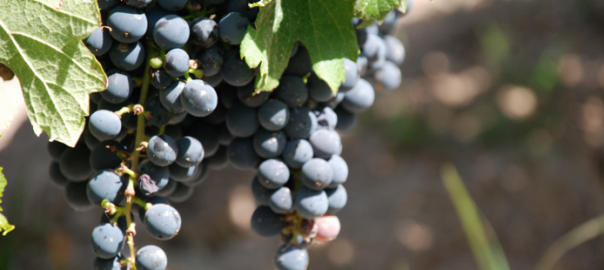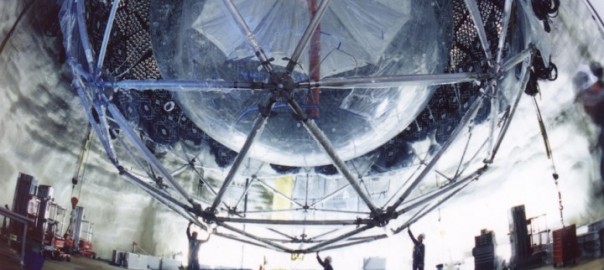Latin America’s largest cellulosic ethanol plant built, combating the decline of monarch butterflies, and mosquitoes to fight dengue in Brazil.
Brazil A large second-generation biofuel production facility has been opened by GranBio in Northeastern Brazil. Using biomass from sugarcane waste, the facility can produce 82 million liters of ethanol a year. Brazil has released into the wild outside Rio de Janeiro 10,000 mosquitoes infected with Wolbachia bacteria. The bacteria helps the mosquito fight off the … Continue reading Latin America’s largest cellulosic ethanol plant built, combating the decline of monarch butterflies, and mosquitoes to fight dengue in Brazil.

















